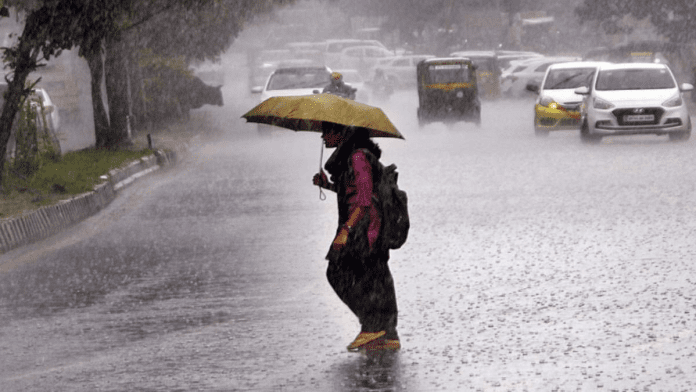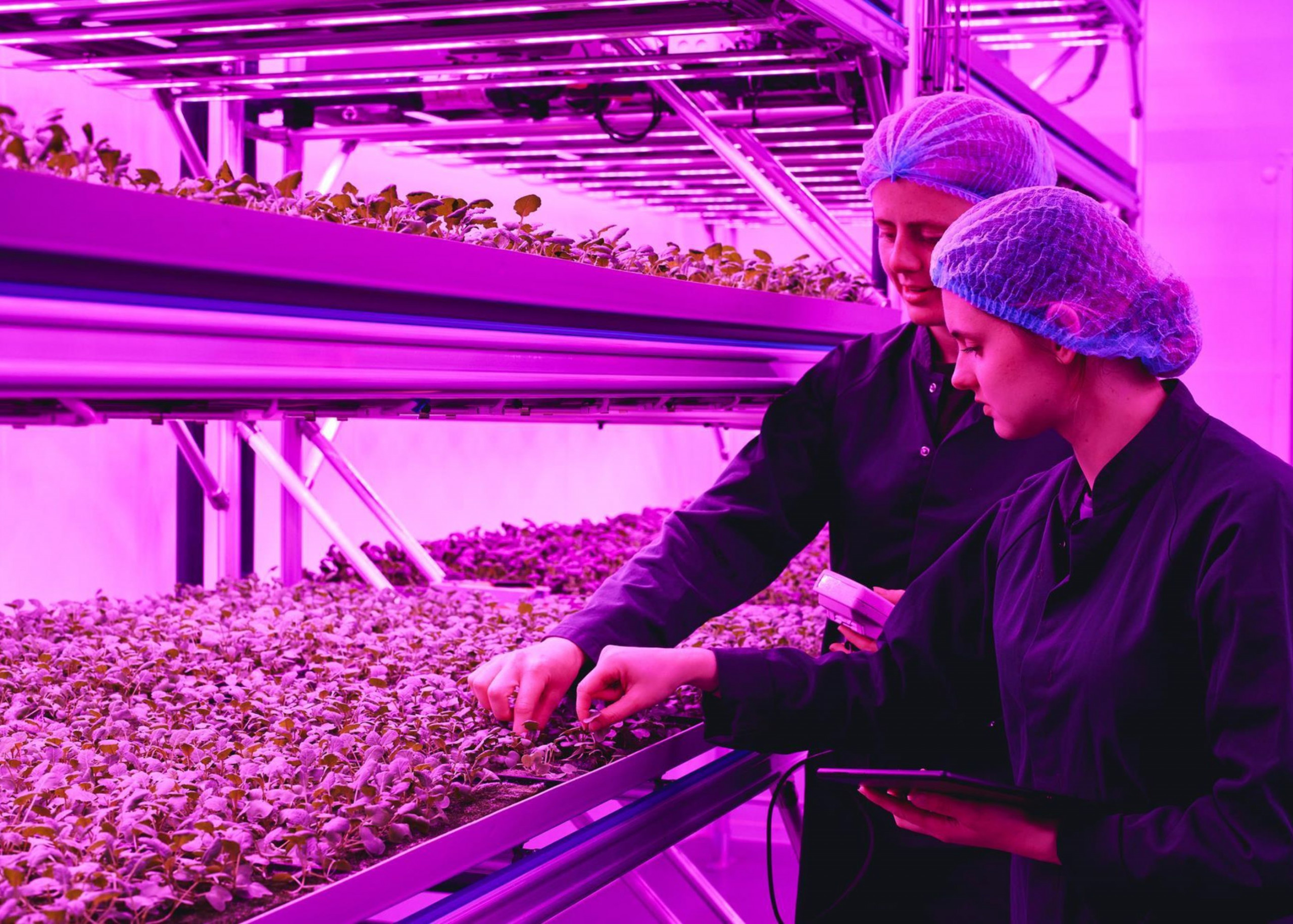News in brief: India is facing a severe decline in crop yields due to the driest August in over a century, with scant rainfall and the El Nino weather phenomenon affecting summer-sown crops like rice and soybeans, leading to food price concerns and inflation.
Crop yields in India is expected to be fall because of low rainfall, in what has been described as the driest August in more than a century.
The country’s weather department reveal that scant rainfall is likely to persist across large areas, as Reuters reported. The situation is compounded by the El Nino weather phenomenon.
Summer-sown crops like rice and soybeans are not likely to yield much in harvests, which will in turn affect food prices and overall food inflation.
Indiaâs monsoon brings in almost 70% of needed rain to water farms and refill reservoirs and aquifers. However, officials of Indiaâs Meteorological Department, disclose that the monsoon is not reviving as expected. August rainfall in the country is expected to be the lowest in recorded history, since 1901
The country is set to receive an average of less than 180 mm or 7 inches of rainfall in August. The projection is based on rains so far and the expectations throughout the month. Weather authorities will announce total rainfall for August by August 31.
Indiaâs weather department had anticipated a rainfall deficit of up to 8% in August. It only received about 90.7 mm or 3.6 inches of rainfall in the first 17 days of the month, which is 40% lower than the normal average of 254.9 mm or 10 inches. The lowest August rainfall on record was observed in August 2005, with 191.2 mm or 7.5 inches.
Many hope the situation will improve over the next two weeks in the northeast and central regions. However, dry conditions are likely to persist in the northwestern and southern states.
Officials have expressed worry over the prolonged dry spell in southern India. Normal dry spells are not expected to exceed five to seven days in August in the country.
The El Nino weather pattern, characterised by waters warming up, usually stifles rainfall over the Indian subcontinent. IAlthough, this is the first time it has emerged in the tropical Pacific in seven years.
Summer rains are critical for crop growth in the country as many of Indiaâs farmlands lack irrigation. The lengthy dry spells have also led to extremely low soil moisture that is capable of inhibiting crop growth.
It is typical for farmers to start planting rice, corn, cotton, soybeans, sugarcane and peanuts when the monsoon sets in around June. However, the monsoon has been observed to be uneven with June rains 10% below average but July rains however rebounded to 13% above average.



